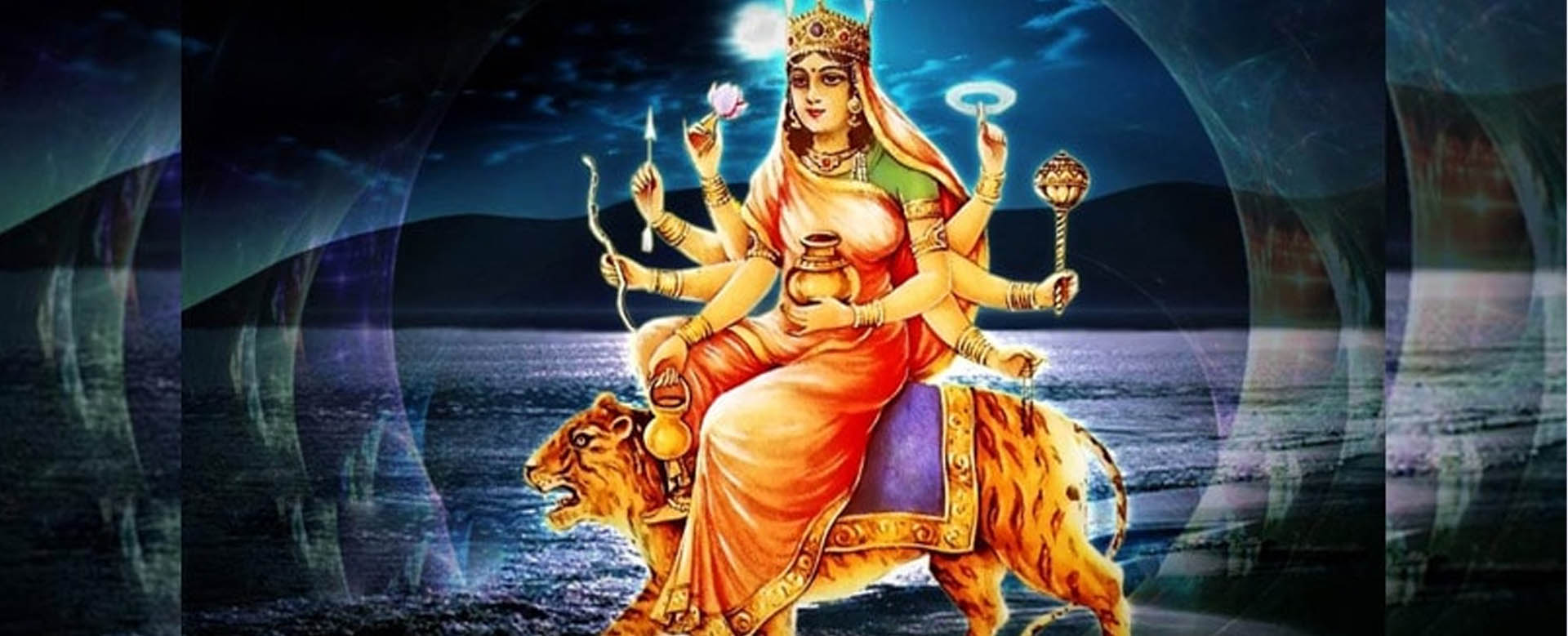
History of Navratri
Amongst the legion of Hindu festivals, Navratri is among the most symbolically significant one. The festival is also representative of the overwhelming devotion to the most powerful female energy in the venerable form of Ma Durga. A nine day-long festival that venerates different manifestations of Ma Shakti or Durga, Navratri upholds the predominantly moralistic theme of religious Hindu festivals. In particular, it helps the devotee to realize his Satvik qualities and ensures a path towards liberation. The puja rituals and historical associations have emerged from the Hindu scriptures, especially the Markandeya Purana and Skanda Purana.
History and Origin of Navratri
Different legends are prevalent in certain regions. They are discussed below.
North India The most prevalent legend is the story of Mahishasura, the buffalo-headed demon king, who pleased Lord Shiva and was granted the boon that he would be invincible and undefeatable by any man. But soon, Mahishasura set out on a rampage killing people for no reason and even driving out the deva out of ‘swarglok’. The Gods implored Lord Shiva, to protect the people. Thus, the Trinity of Brahma, Vishnu and Shiva invested their powers in energy that took the form of Goddess Durga to conquer the demon Mahishasura. The ‘devas’ also offered her their distinct weapons such as the axe and the sword. Mahishasura was taken in by Goddess Durga's beauty and approached her for matrimony. The Goddess agreed but set forth a challenge that he defeat her in a battle. The battle lasted for nine nights and on the ninth night, Goddess Durga beheaded Mahishasura. The nine nights came to be known as Navratri, while the tenth day was called Vijayadashmi, the final day when truth and goodness prevailed over evil.
East India legend
This is related to the famous legend of Sati. The king of the Himalayas, Daksha had a daughter named Uma. She wished to marry Lord Shiva and did penance to please him. When Lord Shiva came to marry her, his intimidating countenance (clothed in tiger skin with snakes around his neck) and that of the people accompanying him disconcerted Daksha. Later, when he organized a grand-scale ‘yagna’, he deliberately refrained from inviting his daughter and son-in-law. Realizing the magnitude of the insult, Uma immolated herself in the ‘agnikund’.
Shiva became furious and did Tandava dance with Uma on his shoulder. The dance unleashed the forces of destruction, enough to threaten nature’s balance. To end Shiva’s destructive anger, Narayana cut Uma's body and the different parts of her charred body fell in different parts of the country and the world. The places where the parts fell are worshipped today as ‘Shakti Peeths’ and she came to be known as Sati. Brahma reassured Shiva that Uma will take re-birth and unite with Lord Shiva as his consort. In her reincarnation, she fulfilled her destiny. Hence, Navratri is celebrated as the homecoming of Uma with Ganesh, Kartik, Saraswati and Lakshmi along with companions Jaya and Bijaya during Sharad Ritu.
The lotus legend of Ram and Ravana
As per the epic Ramayana, at the behest of Narada Muni, Lord Rama worshipped Goddess Durga in her nine aspects to earn the blessings of Ma Shakti to defeat Ravana, the powerful king of Lanka who had abducted Sita. He continued his puja for nine days and nights with lotuses. He was short of one lotus and thought of offering his eye to overcome the shortfall, when Ma Durga appeared before him, urging him not to make the sacrifice and blessed him. On the tenth day, Lord Rama was successful in killing Ravana. The nine days are observed ritualistically as Navratri by devotees and the tenth day is celebrated as ‘Vijayadashmi’ or Dussehra, when good triumphed over evil.
Apart from the eternal message of good over evil, virtue over misdeed, Navratri also has strong fertility associations. Ma Shakti is worshipped as the giver and one who nourishes all her children.